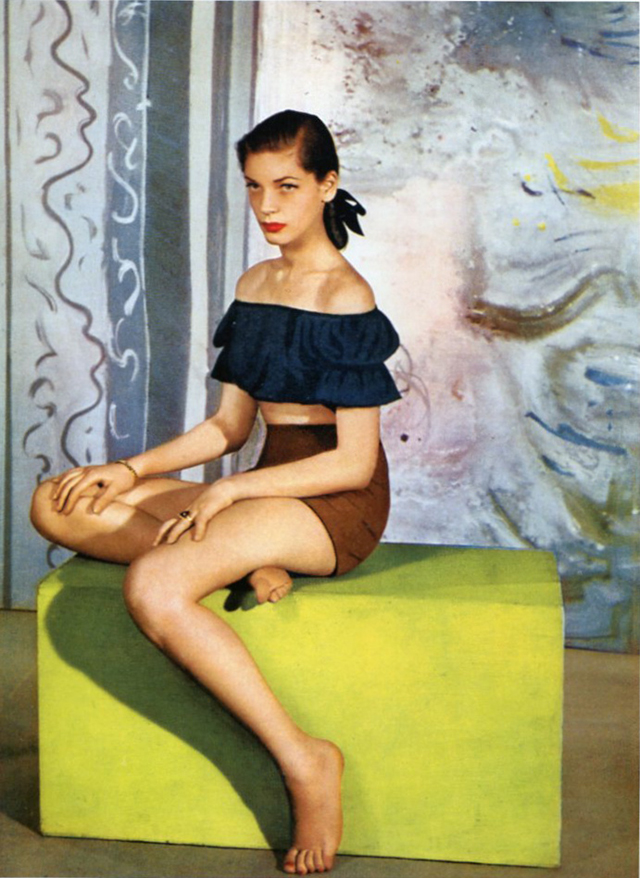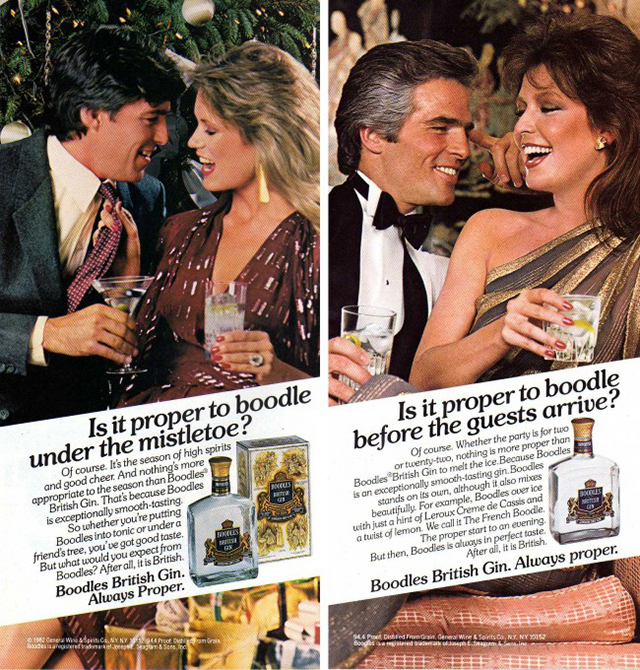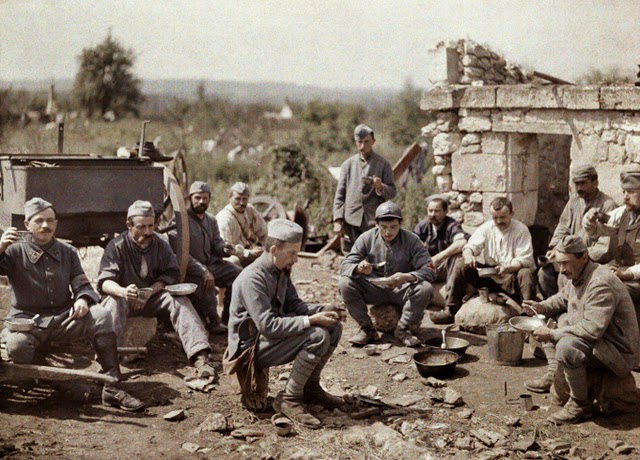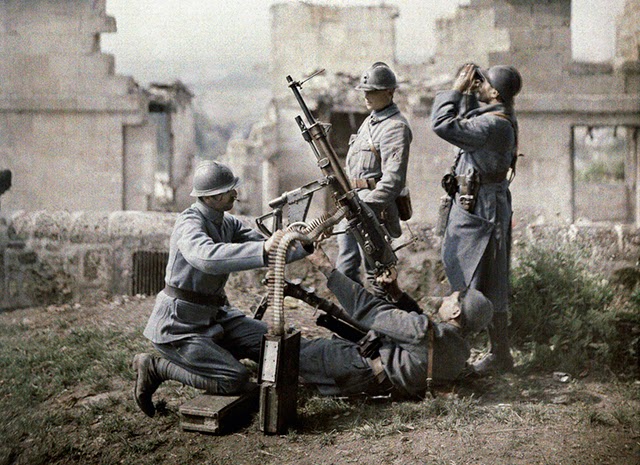Alfred Stieglitz (1864 – 1946) was an American photographer and modern art promoter who was instrumental over his fifty-year career in making photography an accepted art form.
While in Europe Stieglitz saw the first commercial demonstration of the Autochrome Lumière color photography process, and soon he was experimenting with it. Back again in New York, Stieglitz continued to experiment with the Autochrome by taking portraits of his friends, family, and colleagues.
(Photos: Alfred Stieglitz / Georgia O'Keeffe archive)
While in Europe Stieglitz saw the first commercial demonstration of the Autochrome Lumière color photography process, and soon he was experimenting with it. Back again in New York, Stieglitz continued to experiment with the Autochrome by taking portraits of his friends, family, and colleagues.
(Photos: Alfred Stieglitz / Georgia O'Keeffe archive)































































































































































































































































































.jpg)
.jpg)
.jpg)
.jpg)
.jpg)
.jpg)
.jpg)






























.jpg)
.jpg)
.jpg)
.jpg)
.jpg)
.jpg)
.jpg)
.jpg)
.jpg)
.jpg)
.jpg)
.jpg)
.jpg)
.jpg)
.jpg)
.jpg)
.jpg)
.jpg)
.jpg)
.jpg)
.jpg)
.jpg)
.jpg)
.jpg)
.jpg)
.jpg)
.jpg)
.jpg)
.jpg)
.jpg)
.jpg)
.jpg)
.jpg)
.jpg)
.jpg)
.jpg)
.jpg)
.jpg)
.jpg)
.jpg)
.jpg)
.jpg)
.jpg)
.jpg)
.jpg)
.jpg)
.jpg)
.jpg)
.jpg)
.jpg)
.jpg)
.jpg)
.jpg)
.jpg)
.jpg)
.jpg)
.jpg)
.jpg)
.jpg)
.jpg)
.jpg)
.jpg)
.jpg)
.jpg)
.jpg)
.jpg)
.jpg)
.jpg)
.jpg)
.jpg)
.jpg)
.jpg)
.jpg)
.jpg)
.jpg)
.jpg)
.jpg)
.jpg)
.jpg)
.jpg)
.jpg)
.jpg)
.jpg)
.jpg)
.jpg)
.jpg)
.jpg)
.jpg)
.jpg)
.jpg)
.jpg)
.jpg)
.jpg)
.jpg)
.jpg)
.jpg)
.jpg)
.jpg)














































.jpg)
.jpg)
.jpg)
.jpg)
.jpg)
.jpg)
.jpg)
.jpg)
.jpg)
.jpg)
.jpg)
.jpg)





























